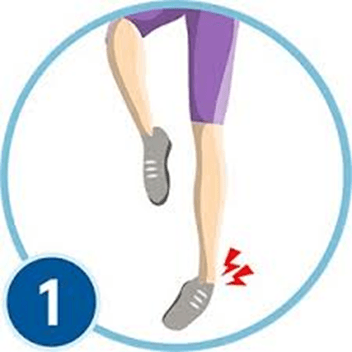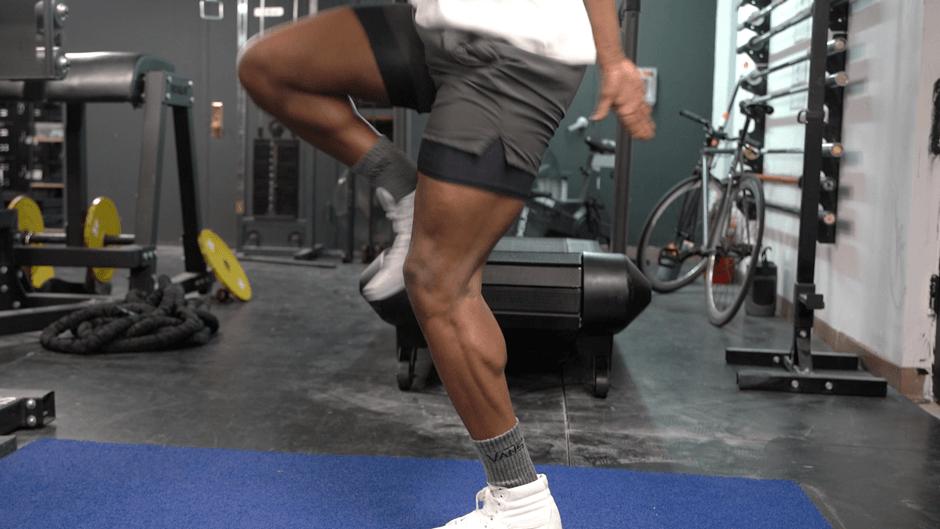
Preventing Common Injuries During Home Workouts
Introduction

Home workouts have become a popular way to stay fit, offering convenience and flexibility. However, without proper precautions, they can lead to injuries. From poor technique to inadequate warm-ups, these risks can hinder your fitness progress and overall health.
This blog outlines the common injuries during home workouts, their causes, and practical strategies to avoid them, ensuring a safe and effective exercise routine.
Common Injuries During Home Workouts

1. Strains and Sprains
- Cause: Overstretching muscles or ligaments during exercises like lunges or squats.
- Prevention: Focus on proper form and avoid pushing beyond your limits.
2. Back Pain
- Cause: Poor posture during weightlifting or core exercises.
- Prevention: Engage your core, maintain a neutral spine, and avoid overloading.
3. Knee Injuries
- Cause: Improper alignment during lower-body exercises like squats or jumps.
- Prevention: Ensure knees don’t extend beyond toes and land softly during jumps.
4. Shoulder Injuries
- Cause: Incorrect form during push-ups or overhead movements.
- Prevention: Keep shoulders stable and avoid shrugging during exercises.
5. Wrist Pain
- Cause: Poor hand positioning during planks or weight-bearing exercises.
- Prevention: Distribute weight evenly and use wrist-friendly alternatives if needed.
Tips to Prevent Injuries During Home Workouts

1. Warm-Up Properly
- Spend 5-10 minutes warming up to increase blood flow and flexibility.
- Include dynamic stretches like arm circles, leg swings, and light cardio.
2. Focus on Proper Form
- Watch instructional videos or consult a trainer to learn correct techniques.
- Use a mirror to monitor your form during exercises.
3. Progress Gradually
- Start with lighter weights or lower-intensity exercises.
- Increase intensity, duration, or resistance gradually to avoid overexertion.
4. Create a Safe Workout Space
- Ensure your workout area is clear of clutter and hazards.
- Use non-slip mats for stability and cushioning.
5. Listen to Your Body
- Stop if you experience pain or discomfort during a workout.
- Rest adequately between sessions to allow recovery.
6. Use the Right Equipment
- Wear supportive shoes designed for your workout type.
- Choose resistance bands or dumbbells appropriate for your strength level.
Challenges of Home Workouts
1. Lack of Supervision
Without a trainer, it’s easy to perform exercises incorrectly.
2. Limited Equipment
Using improper substitutes for weights or resistance can increase injury risks.
3. Overtraining
The convenience of home workouts may lead to excessive exercise without adequate rest.
Success Stories of Injury-Free Home Workouts
1. Reaching Fitness Goals Safely
Anne, a teacher in Nairobi, achieved her weight loss goals by focusing on proper form and including rest days in her home workout routine.
2. Overcoming Previous Injuries
John, a software developer, recovered from chronic back pain by switching to guided online yoga classes with a focus on alignment.
Emerging Trends in Home Workout Safety for 2025
1. Interactive Fitness Technology
- AI-driven apps provide real-time feedback on form and posture.
- Smart wearables track movement and prevent overtraining.
2. Virtual Personal Training
Online platforms connect users with certified trainers for personalized guidance.
3. Ergonomic Home Gym Equipment
Innovative equipment designed to reduce strain and improve safety is becoming more accessible.
Conclusion

Home workouts are a fantastic way to stay active, but safety should always come first. By warming up, using proper form, and listening to your body, you can avoid common injuries and enjoy a consistent fitness journey.
As technology and resources evolve, embracing these advancements can further enhance the safety and effectiveness of your home workout routine in 2025 and beyond.






